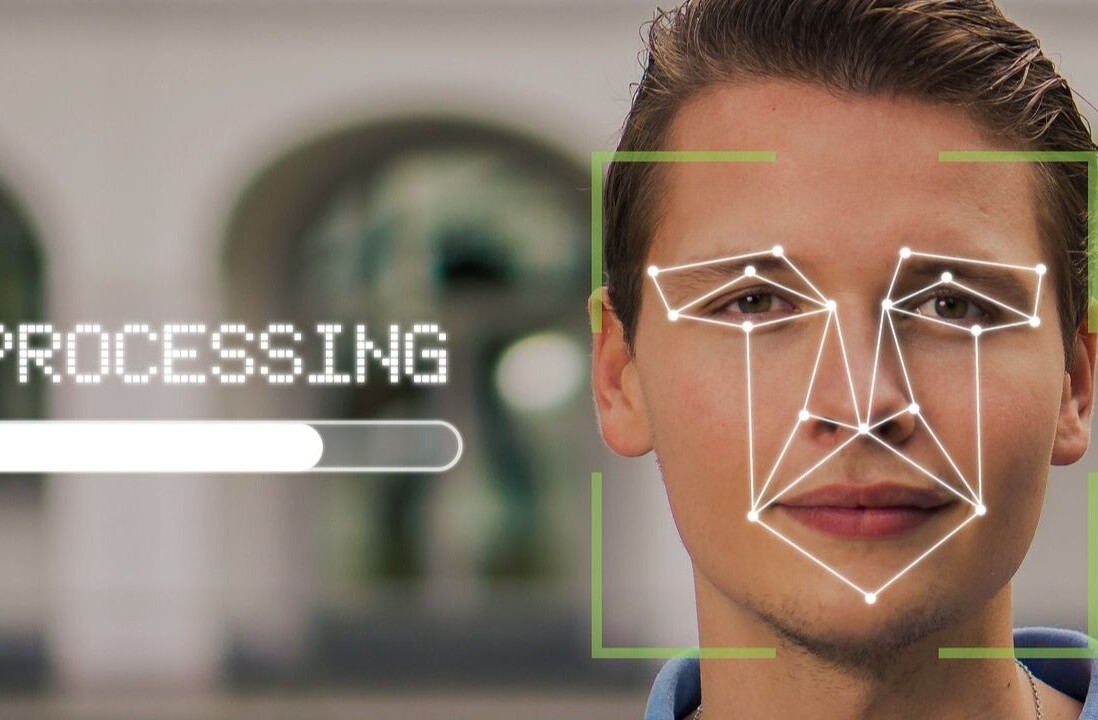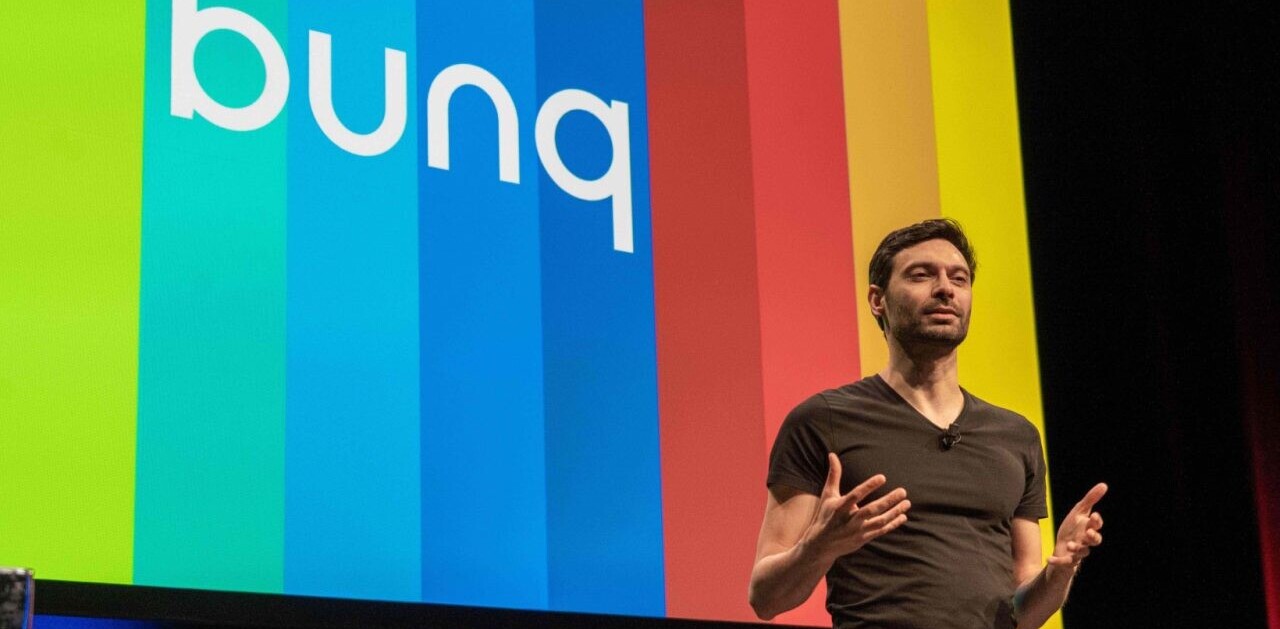
Web inventor Tim Berners-Lee wants to rescue his creation from centralization. But does he align himself with Web3’s promise of salvation?
At TNW Conference, the computer scientist gave a one-word answer:
“Nope.”
That snub may seem to clash with Berners-Lee’s recent actions. The 67-year-old now campaigns to save his “dysfunctional” brainchild from the clutches of Big Tech.
He’s also made a cool $5.4million by selling an NFT — one of Web3’s supposed pillars.
But the Brit has his own vision for the web’s successor: a decentralized architecture that gives users control of their data.
Berners-Lee want to build it on a platform he calls Solid — but you can call it Web 3.0.
“We did talk about it as Web 3.0 at one point, because Web 2.0 was a term used for the dysfunction of what happens with user-generated content on the large platforms,” he said.
“People have called that Web 2.0, so if you want to call this Web 3.0, then okay.”
On the blockchain, it just doesn’t work.
Berners-Lee shares Web3’s purported mission of transferring data from Big Tech to the people. But he’s taking a different route to the target.
While Web3 is based on blockchain, Solid is built with standard web tools and open specifications.
Private information is stored in decentralized data stores called “pods,” which can be hosted wherever the user wants. They can then choose which apps can access their data.
This approach aims to provide interoperability, speed, scalability, and privacy.
“When you try to build that stuff on the blockchain, it just doesn’t work,” said Berners-Lee.

Berners-Lee says Solid serves two separate purposes. One is preventing companies from misusing our data for unsolicited purposes, from manipulating voters to generating clickbait.
The other is providing opportunities to benefit from our information.
Healthcare data, for instance, could be shared across trusted services to improve our treatment and support medical research.
Our photos, meanwhile, could be supplied to Facebook friends, LinkedIn colleagues, and Flickr followers without having to upload the pictures to each platform.
This evokes Berners-Lee’s original aim to make the web a collaborative tool.
“I wanted to be able to solve problems when part of the solution is in my head and part of the solution is in your head, and you’re on the other side of the planet — connected by the internet,” he said.
“That was the sort of thing I wanted the web for. It took off more as a publishing medium — but all is not lost.”
Solid is yet to prove an effective remedy, but the web’s father still believes his wayward child can get back on the right track.
Get the TNW newsletter
Get the most important tech news in your inbox each week.




